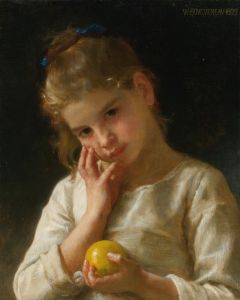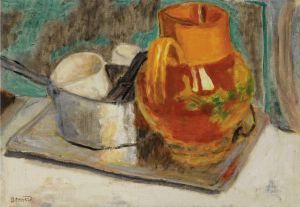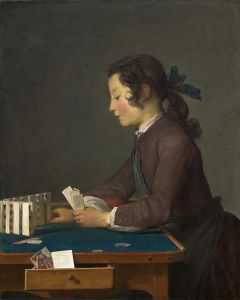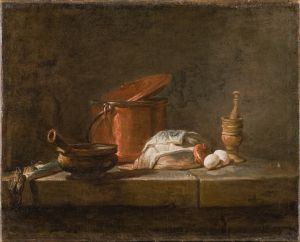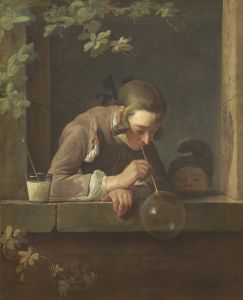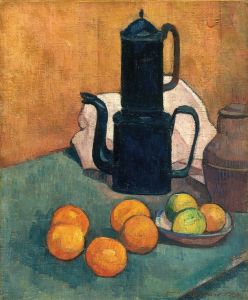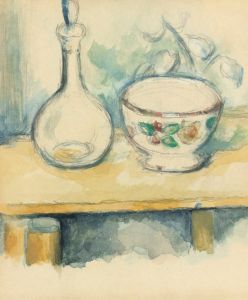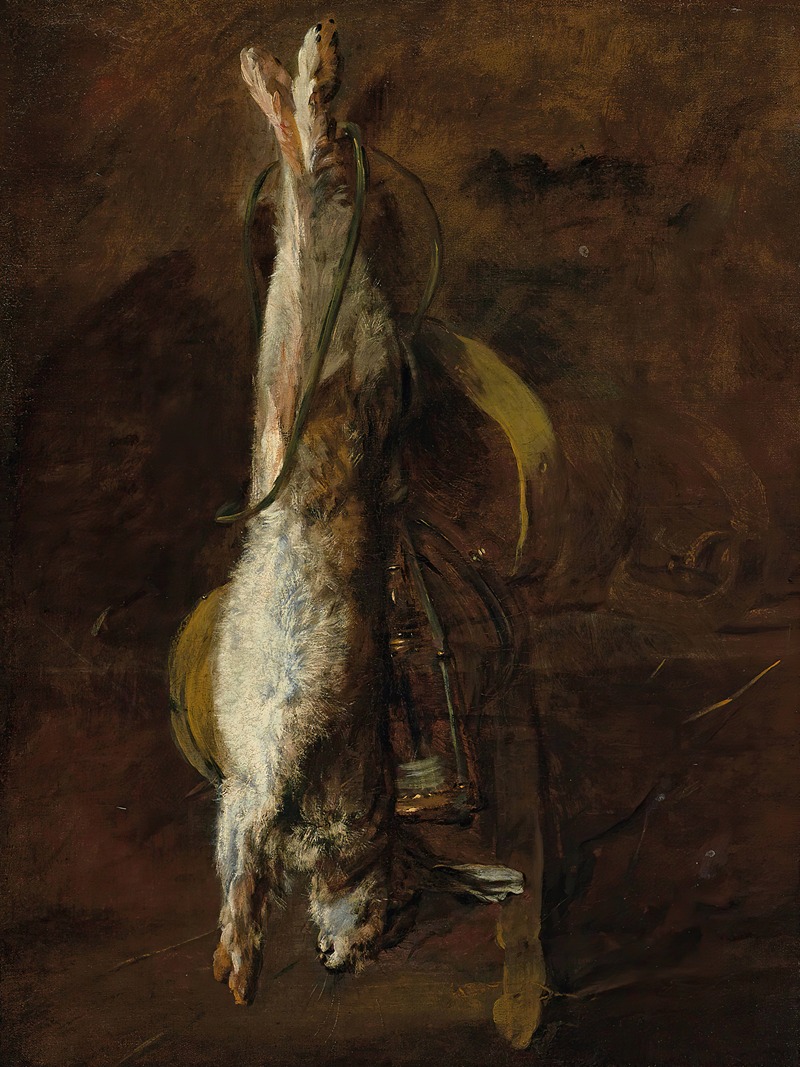
A dead rabbit and a satchel
A hand-painted replica of Jean Siméon Chardin’s masterpiece A dead rabbit and a satchel, meticulously crafted by professional artists to capture the true essence of the original. Each piece is created with museum-quality canvas and rare mineral pigments, carefully painted by experienced artists with delicate brushstrokes and rich, layered colors to perfectly recreate the texture of the original artwork. Unlike machine-printed reproductions, this hand-painted version brings the painting to life, infused with the artist’s emotions and skill in every stroke. Whether for personal collection or home decoration, it instantly elevates the artistic atmosphere of any space.
Jean Siméon Chardin's A Dead Rabbit and a Satchel is a still life painting created by the French artist, who is widely regarded as one of the most significant painters of the 18th century. Chardin is celebrated for his mastery of still life and genre scenes, which often depict everyday objects and domestic interiors with remarkable realism and subtlety. This particular work exemplifies his ability to imbue ordinary objects with a sense of quiet dignity and timeless beauty.
The painting features a dead rabbit, a satchel, and other hunting-related items arranged in a carefully composed manner. Chardin's meticulous attention to detail is evident in the textures of the rabbit's fur, the worn leather of the satchel, and the interplay of light and shadow across the objects. The composition reflects his skill in creating a harmonious balance between the elements, drawing the viewer's eye across the canvas while maintaining a sense of stillness and contemplation.
Chardin's still lifes often carry a sense of restraint and simplicity, avoiding the elaborate symbolism or dramatic effects seen in the works of some of his contemporaries. Instead, his paintings focus on the inherent beauty of the objects themselves, rendered with a naturalistic approach that emphasizes their material qualities. This approach aligns with the broader artistic trends of the 18th century, which saw a growing interest in realism and the depiction of everyday life.
The exact date of creation for A Dead Rabbit and a Satchel is not definitively documented, but it is consistent with Chardin's mature period, during which he produced many of his most celebrated still lifes. The painting is often associated with the tradition of hunting still lifes, a genre that was popular in European art and typically featured game animals, hunting equipment, and other related items. However, Chardin's interpretation of the genre is distinct in its understated elegance and lack of overt narrative or allegorical content.
Chardin's works were highly regarded during his lifetime, earning him membership in the prestigious Académie Royale de Peinture et de Sculpture in 1728. His influence extended beyond his own era, inspiring later artists who admired his ability to capture the beauty of the everyday. Today, A Dead Rabbit and a Satchel is recognized as a testament to Chardin's skill and his unique contribution to the art of still life.
The painting is housed in a museum collection, though specific details about its current location or provenance are not included in this summary.





